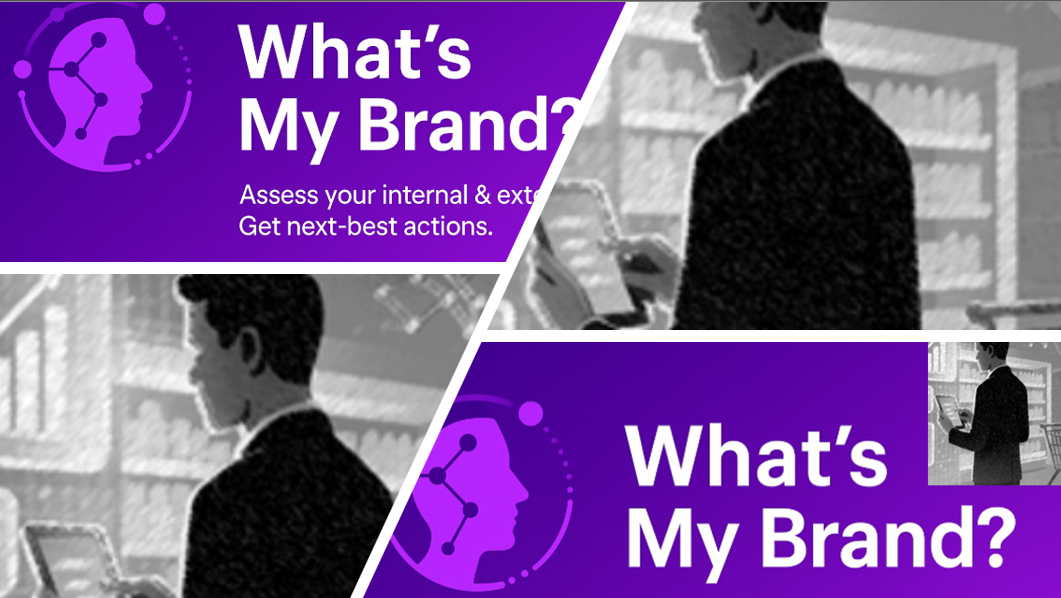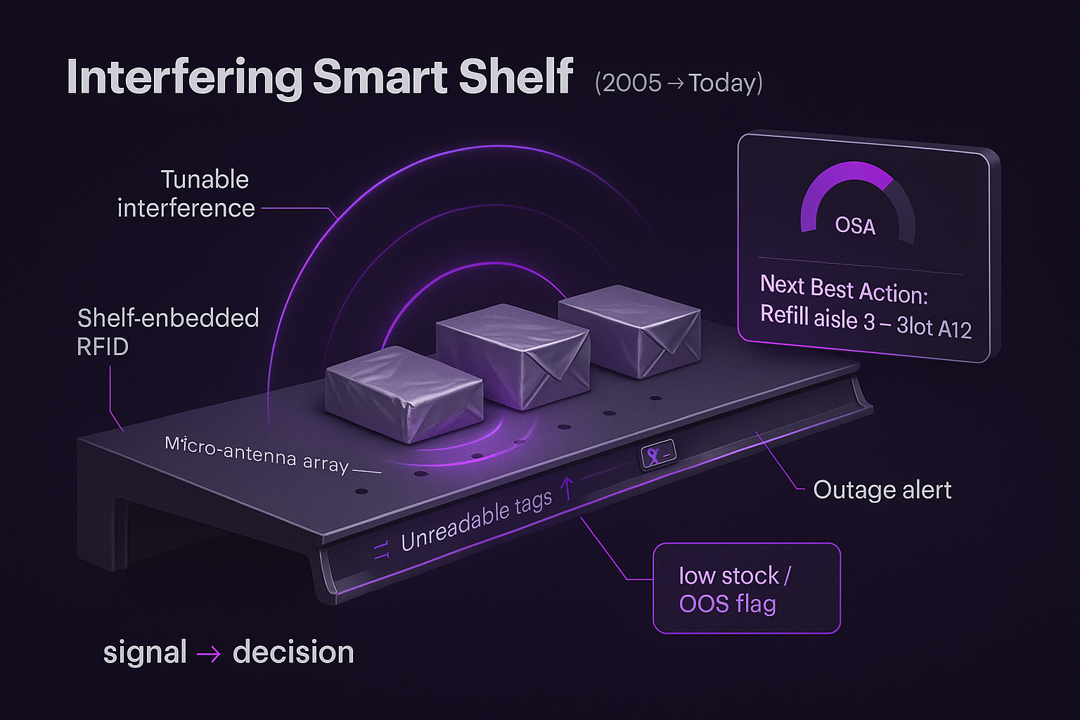
Best Practices for Managing the Next Best Action Noise
Oringally posted on LinkedIn; October 2, 2025
For years, CPG leaders have chased visibility: real-time shelves, predictive models, and always-on agents surfacing “NBA's.” But here’s the trap—without discipline, organizations risk drowning in alerts. The challenge isn’t generating more signals. It’s deciding which ones truly matter.
The future of commercial excellence will belong to companies that redesign their operating models around orchestration, not noise.
1. Shift from Alerts to Orchestrated Action
When initial NBA implementations launch, the danger is becoming an alert-driven organization—constantly reacting to signals and losing strategic focus. To manage this noise, CPG leaders must redesign their architecture to be curators of insights, not just amplifiers of noise.
The goal is to implement orchestration engines. These systems sit between raw insight generation and frontline execution to absorb complexity on behalf of the business. They function as the air traffic control tower for decisioning: most planes land automatically, and the tower intervenes only on the flights that matter most.
This orchestration requires moving away from traditional processes toward intelligent, closed loops that include five steps: Sense, Detect, Decide, Do, and Learn.
2. Implement Value Density Filtering
To avoid alert fatigue, every potential action must be rigorously evaluated and scored based on its commercial potential against the necessary effort.
Best practices for filtering the signal overload include:
- Filter by Value Density: Every action should be scored by business impact versus effort. Only actions above a profitability threshold should reach human dashboards, ensuring employees see only the top 10 priorities, not 10,000 alerts. For example, a single-store void might not be worth escalating, but a regional void in a high-velocity SKU before a seasonal event should be flagged immediately.
- Automation at the Edge: Micro-decisions and routine, low-value tasks should be resolved directly by machines through "automation at the edge". This allows humans to focus on strategic escalations and exceptions. Examples include correcting e-commerce content, adjusting retail media placements, or auto-triggering store reorders.
- Hierarchies of Decisioning: Instead of surfacing every individual alert (the "raindrops"), systems must cluster signals into meaningful patterns (the "weather report"). Planners should act on systemic risks and patterns, not every isolated blip.
3. Establish Action Horizons and Governance
A primary source of distraction comes from agents suggesting actions that contradict the organizational cadence (e.g., suggesting a factory changeover for a single-store outage). Effective governance requires defining clear time-based accountability and approval thresholds.
Leaders must define action horizons for different organizational layers to prevent the factory and sales teams from "chasing squirrels".



